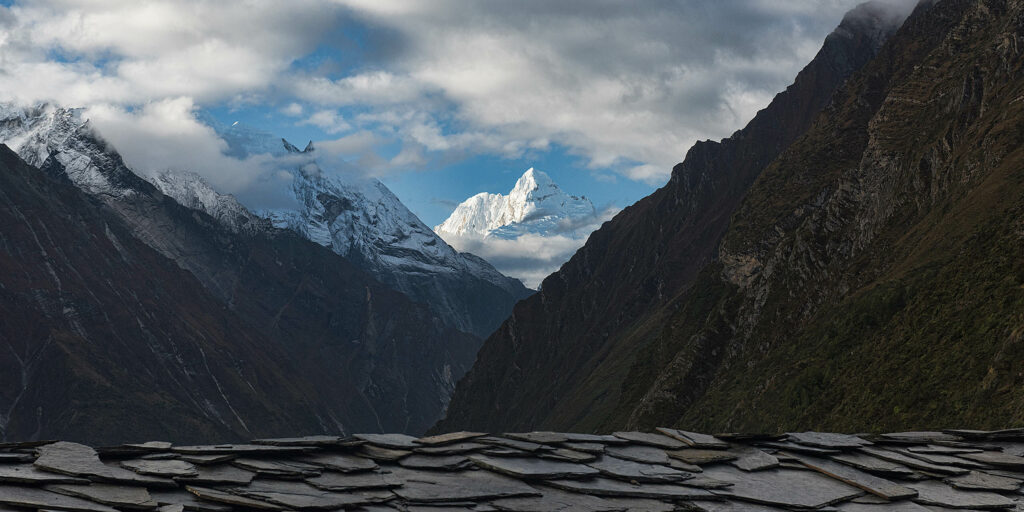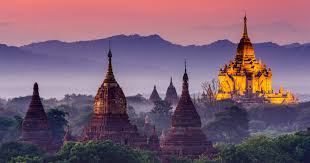Southeast Asia is renowned for its bustling cities, pristine beaches, and ancient temples. However, beyond the well-trodden tourist routes lies a world of hidden treasures waiting to be explored. If you’re looking for adventure, cultural immersion, and authentic experiences, venturing off the beaten path in this diverse region is the perfect way to go.
Enchanting Islands Beyond the Crowds
While destinations like Bali and Phuket attract millions of visitors each year, lesser-known islands offer just as much—if not more—natural beauty and tranquility. One such paradise is Koh Rong Samloem, a peaceful island in Cambodia, where powdery white sands meet crystal-clear waters. Unlike its more popular neighbor, Koh Rong, this island offers a serene escape with bioluminescent plankton lighting up the sea at night.
Another untouched gem is Pulau Weh in Indonesia. This volcanic island, located off the coast of Sumatra, boasts incredible coral reefs, diverse marine life, and secluded beaches. With fewer crowds, it’s a diver’s paradise, offering vibrant underwater landscapes teeming with life. Whether you’re snorkeling, diving, or simply relaxing, these islands provide a unique alternative to mainstream beach destinations.
Remote Villages with Authentic Cultural Encounters
For those seeking a deeper connection with local cultures, visiting remote villages is an enriching experience. In Myanmar, the Chin State remains largely unexplored by tourists. The region is home to the Chin tribes, known for their fascinating facial tattoos and unique weaving traditions. Trekking through the rugged hills of Chin State offers breathtaking scenery and an opportunity to interact with indigenous communities still preserving their ancient ways of life.
In Vietnam, the Pu Luong Nature Reserve is a hidden gem tucked away from the crowded tourist hubs. This area is home to ethnic Thai and Muong communities, who live in stilt houses and maintain traditional farming techniques. A visit here allows travelers to witness rice terraces, lush green valleys, and authentic rural life without the overwhelming presence of commercial tourism.
Mystical Caves and Underground Marvels
Beyond its tropical beaches and dense jungles, Southeast Asia is also home to spectacular caves that remain largely undiscovered. One of the most breathtaking is Hang Son Doong in Vietnam, the world’s largest cave. Hidden in the Phong Nha-Ke Bang National Park, this massive cavern has its own ecosystem, including clouds, rivers, and towering stalagmites. Due to its limited access, only a few visitors get to experience its wonder each year, making it a true off-the-beaten-path adventure.
Another stunning cave system is Tham Lod Cave in Thailand. Located in the Mae Hong Son province, this cave is accessible by bamboo raft and is home to ancient teakwood coffins, prehistoric cave paintings, and thousands of swallows that inhabit its vast chambers. Exploring these caves offers a fascinating glimpse into the region’s geological and historical past.
Uncharted Highlands and Scenic Treks

The highlands of Southeast Asia provide some of the most breathtaking landscapes and rewarding hiking trails. One of the most underrated destinations is Banaue in the Philippines, famous for its Ifugao Rice Terraces, often called the “Eighth Wonder of the World.” Unlike the more commercialized Banaue town, nearby villages like Batad and Bangaan offer a more intimate and authentic trekking experience with stunning views of the ancient terraces.
For those seeking an exhilarating trek, Doi Luang Chiang Dao in Thailand is a fantastic option. This limestone mountain, located in the northern region, offers panoramic views of mist-covered valleys and a chance to experience Thailand’s diverse flora and fauna. Unlike the popular hikes in Chiang Mai, this trail remains relatively undiscovered by mainstream tourists.
Secret Waterfalls and Hidden Natural Pools
Waterfalls are a highlight of Southeast Asia’s landscapes, but many remain hidden from the typical tourist routes. In Laos, Tad Tayicsua Waterfall is an off-the-radar beauty nestled in the Bolaven Plateau. Unlike the more famous Kuang Si Falls, Tad Tayicsua is surrounded by pristine jungle, offering a peaceful retreat for nature lovers.
Similarly, Sekumpul Waterfall in Bali, Indonesia, provides an escape from the island’s crowded beaches. Although it requires a challenging trek, the reward is a breathtaking cascade surrounded by lush greenery. This natural wonder is a must-visit for those seeking tranquility and a closer connection with nature.
Lesser-Known Wildlife Sanctuaries and Eco-Reserves
Southeast Asia is home to incredible biodiversity, and some of the best wildlife experiences can be found in lesser-known sanctuaries. Tangkoko Nature Reserve in Indonesia is one such place, offering a chance to see the rare tarsier, one of the world’s smallest primates. Unlike the crowded parks of Borneo, Tangkoko provides an intimate and less commercialized wildlife encounter.
In Malaysia, the Deramakot Forest Reserve is an ecotourism hotspot that remains largely unknown to the average traveler. This protected rainforest is a haven for elusive wildlife, including clouded leopards, pygmy elephants, and orangutans. With sustainable tourism efforts in place, visiting these areas ensures that conservation remains a priority.
Conclusion: Embrace the Road Less Traveled
Exploring Southeast Asia off the beaten path offers a rewarding and unforgettable experience. Whether it’s discovering hidden islands, trekking through remote highlands, or engaging with local cultures, there is no shortage of adventures waiting beyond the usual tourist destinations. By choosing these lesser-known gems, travelers can enjoy authentic experiences, support local communities, and uncover the true essence of Southeast Asia. So, step away from the crowds, embrace the unknown, and let the adventure begin!


